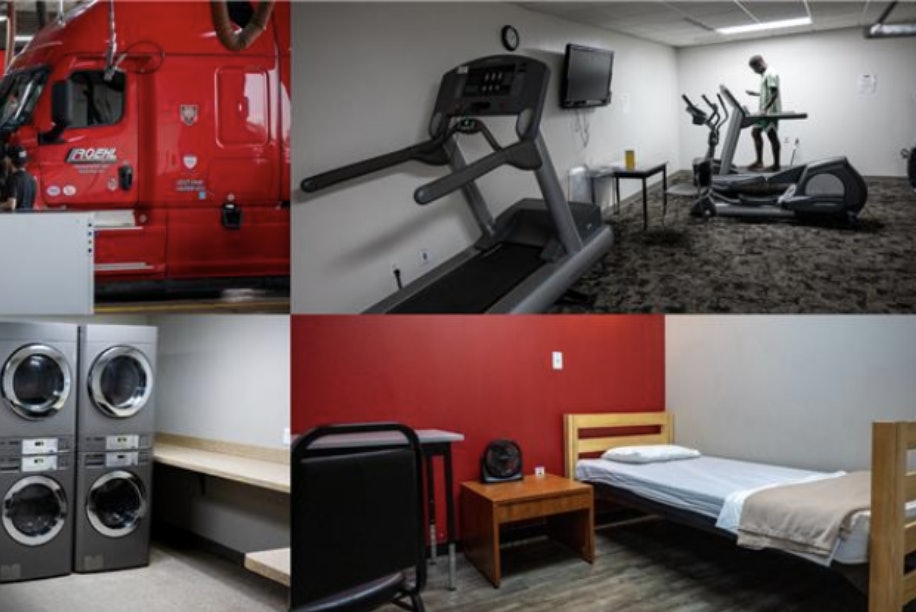
Growing up in Pittsburgh, I didn’t know much about West Virginia until I became a student at West Virginia University in the 1970s. The narrative I heard at WVU was, West Virginia is a poor state. We have a lot of coal. It is owned by out of state companies. We get coal jobs but out of state people make the money. West Virginia is left with holes in the ground, acid mine drainage and barren ground from strip mining.
The 1970s were the beginning of the environmental movement, mine reclamation regulations have gotten stricter since the 1970s. Ways are being found to utilize the flat land from strip mining. People can debate the environmental issues.
The focus of this piece is the jobs side.
West Virginia got coal jobs and the product was sent out of state for the value add of power generation and high wage manufacturing jobs. Natural gas faced a similar situation at the beginning of the Shale Revolution. Most of our abundant natural gas and natural gas liquids (ethane, propane & butane) were sent out of the region for value add.
Our region got the energy jobs in natural gas production, processing and services. Indirect jobs for local businesses like restaurants, hotels and convenience stores were created. So were other jobs in pipe manufacturing, welding, machining, construction, other services and supplies. My nephew and his son are building well pads in Pennsylvania. They bought new vehicles and remodeled their house providing additional jobs.
Workers with money to spend don’t just support Walmart. They support other businesses like flower shops and jewelry stores. They buy tickets to sporting and other events.
There are other jobs we initially didn’t get.
Most of our natural gas liquids were sent to the U.S. Gulf Coast to provide raw materials for their rapidly expanding petrochemical industry.
Numerous ethane crackers and other petrochemical facilities were built on the Gulf Coast that depend on the ethane, propane and butane produced in our region. These are the high wage petrochemical manufacturing jobs we lost.
When Shale Crescent USA was at the World Petrochemical Conference in Houston, Texas in 2017, the Texans told us, “You don’t need to be building any ethane crackers or petrochemical plants up there. Just keep sending those liquids to Texas. We know what to do with them.”
They weren’t happy when I said, “You do know we were cracking ethane in the Kanawha Valley when you were running cattle here.”
When I told them the Shell ethane cracker was under construction in Pittsburgh, their faces fell, remarking, “Wow, that is big.”
We learned something from the experience of coal and timber. Instead of just shipping all of our natural gas and natural gas liquids out of state we began using them to attract the real prize, high wage manufacturing jobs. The Shell ethane cracker is in Pittsburgh, to quote Hillary Mercer of Shell, “For every reason he (Tony Palmer of IHSMarkit) just told you.” This was at the 2018 World Petrochemical Conference. IHSMarkit had just presented a study they did for Shale Crescent USA. The study showed an ethane cracker built in the Shale Crescent USA Region is four times more profitable than an ethane cracker built on the U.S. Gulf Coast. In this region they are on top of their feedstock and energy and in the middle of 70% of the USA’s polyethylene demand.
All three states have been using our abundant natural gas to attract high wage manufacturing jobs. In addition to Shell, Ohio brought in Intel’s micro chip manufacturing facility, now under construction. West Virginia has Nucor Steel and Thirumalai Chemicals, both under construction. These are part of the many companies who have come to our region because of our economical, abundant and dependable natural gas. Shale Crescent USA is working with companies in Finland, Netherlands, Israel, Turkey, Germany and other countries who are expanding to our region bringing manufacturing and jobs. According to organized labor, other local companies are quietly expanding as they shut down parts of operations in Europe and moved them here.
When we travel to Europe or SelectUSA in Washington, D.C., many European companies want our natural gas. We don’t have the infrastructure (pipelines and liquification facilities) to ship them natural gas. What Shale Crescent USA tells companies is, “If you move your energy intensive manufacturing to the USA, you can ship the products you make all over the world.” We will be traveling to Canada in November and Europe in early 2026 to continue to promote this message.
We are facing another opportunity, AI and data centers. These are high power use operations. Our region can build power plants because we have the abundant natural gas to fuel them. Natural gas power plants can be constructed quickly to meet coming demand. The question is, will we be using our resources to build power plants and ship electricity to neighboring states like Virginia, New Jersey or Maryland for their data centers? These states have been restricting natural gas pipelines and power plants.
The sites for data centers are also excellent for attracting manufacturing because of the access to dependable electricity.
If we allow this to happen it will be like the coal industry. We get the power lines across our region and the other states get the tax revenue, construction and high wage manufacturing jobs.
Should we reward other states for lack of foresight?
We must make a point to build the power plants in our region along with the data centers they will fuel. This makes the data centers more efficient. It will also help the Shale Crescent USA region to take advantage of the excess power generated to attract high wage manufacturing jobs, construction jobs and tax revenues that will make our region thrive and raise the standard of living for people living here. It will also give young people hope in the future helping to reduce drug use.
We have everything we need.
Greg Kozera, [email protected], is the director of marketing and sales for Shale Crescent USA, www.shalecrescentusa.com. He is a professional engineer with a master’s in environmental engineering and over 40 years’ experience in the energy industry. He is a professional speaker and author of four books and numerous published articles.
Credit: Source link












